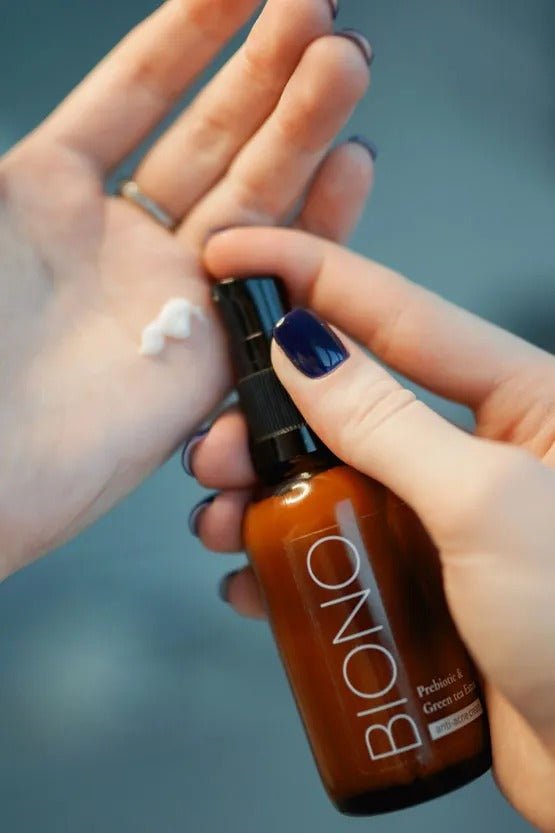
Secrets to healthy skin: how to choose and apply the best moisturizer
Preserving the health and natural beauty of the skin is a task facing each of us. In a world where we are bombarded with many beauty products, some of them may contain harmful ingredients that harm the skin. However, natural remedies created with your own hands can provide not only hydration, but also reliable skin care. Let's look at some simple but effective recipes for making natural moisturizing creams that can support the health and beauty of your skin.
Moisturizers: composition and benefits for the skin.
The secret of healthy skin lies in the skillful choice of cosmetics. Moisturizers are the key to healthy and glowing skin. The benefits of moisturizers lie in their ability to keep the skin hydrated and nourished, preventing it from becoming dehydrated and tired. The main components of such creams, such as hyaluronic acid, vitamins and antioxidants, help to maintain the natural balance of the skin and improve its condition.
Moisturizers: Key ingredients and their benefits for your skin
-
Hyaluronic Acid: Retains moisture in the skin, providing deep hydration and improving texture.
-
Vitamins (for example, vitamin E): Nourish the skin, making it softer, smoother and more elastic.
-
Antioxidants: Protect the skin from the effects of free radicals and premature aging, preserving its youth and health.
-
Natural oils (eg olive, coconut oil): Moisturize, nourish and soften the skin, leaving it radiant and healthy.
Moisturizers: How to choose the perfect product for your skin type and needs.
Moisturizer is an important element in skin care, but choosing the right product can be a challenge. For dry skin, you should choose creams with rich moisturizing components, such as hyaluronic acid or glycerin, which will help restore the water balance and keep the skin soft and moisturized throughout the day. For oily skin, it is recommended to choose light, non-greasy cream formulas that contain antibacterial ingredients such as salicylic acid or plant extracts to regulate sebum production and prevent breakouts.
For sensitive skin, you should choose hypoallergenic creams with mild and natural ingredients, such as aloe vera or rosehip oil, to prevent irritation and redness. It is also important to pay attention to the individual needs of your skin and choose a cream that will most effectively solve your specific problems, whether it is moisturizing, protection from harmful ultraviolet rays or fighting the signs of aging.
The correct way to apply moisturizer for maximum effect.
To achieve the maximum effect of moisturizing the skin, it is necessary to apply a moisturizing cream correctly. After cleansing the skin in the morning and evening, apply a small amount of cream on the face and neck, making light massaging movements. Avoid applying too much cream as this can lead to clogged pores. It is also important to remember to apply the cream 30 minutes before going outside, so that the skin can absorb it successfully, as well as before going to bed to ensure that it is moisturized during the night.
-
Skin Cleansing: Begin with a standard skin cleansing routine morning and night, using a mild cleanser that matches your skin type.
-
Applying the cream: After cleansing, apply a small amount of moisturizing cream to the skin of the face and neck, making light massaging movements.
-
Avoid excess: Avoid excessive use of the cream to avoid clogging the pores and excessive shine of the skin.
-
Application time: Apply the cream 30 minutes before going outside to allow the skin to absorb it, and before bed to ensure overnight hydration.
Recipes for home remedies for making natural moisturizing creams
Making natural moisturizers at home can be a simple and effective way to take care of your skin without unnecessary chemicals. Here are some simple recipes:
-
Aloe Vera and Coconut Oil: Mix 1/4 cup of natural aloe vera gel with 1/4 cup of coconut oil. Add a few drops of essential oil to your taste, such as lavender or chamomile. This product is ideal for moisturizing and soothing the skin.
-
Shea butter and honey: Heat 2 tbsp. spoons of shea butter in a water bath until liquid, then add 1 tbsp. a spoonful of honey Mix until smooth and leave to cool. This cream perfectly moisturizes and nourishes the skin.
-
Olive oil and vitamin E: Mix 1/4 cup of olive oil with the contents of a capsule of vitamin E. Add 1 teaspoon of honey and a few drops of essential oil of your choice. This cream will help to soothe and moisturize the skin.
When choosing ingredients, you should pay attention to the individual characteristics of the skin and possible allergic reactions. Means based on natural ingredients can be not only effective, but also safe to use.
Creating your own moisturizing creams at home is not only an opportunity to take care of your skin, but also a manifestation of concern for its health. By using natural ingredients, you can be sure of the product's quality and safety. Try these recipes, enjoy hydrated and healthy skin that will give you joy and self-confidence every day.










